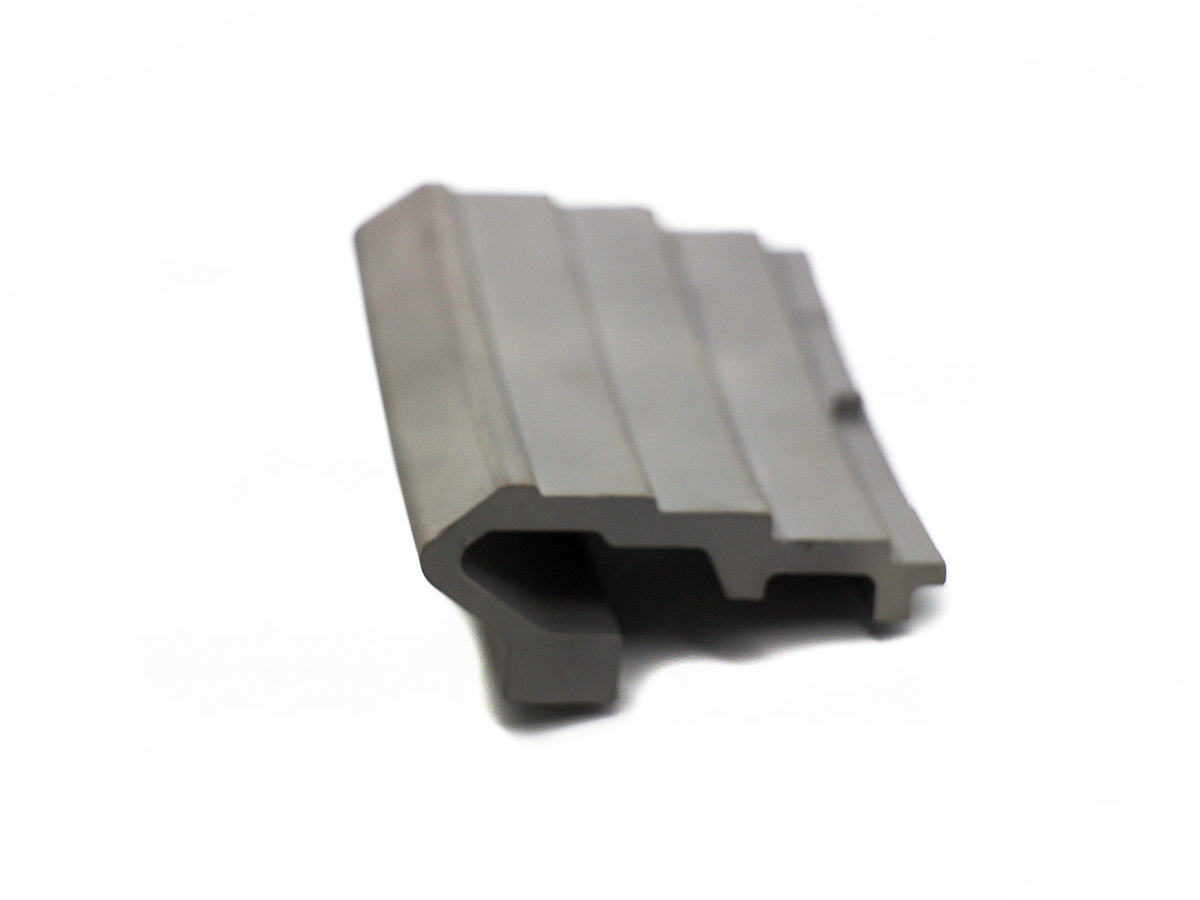EBAM 3D Printing Service: Large-Scale Superalloy Part Manufacturing with High Efficiency
Introduction
Electron Beam Additive Manufacturing (EBAM) is a high-efficiency additive manufacturing process ideal for producing large-scale superalloy parts with precision and reliability. EBAM rapidly deposits and solidifies metal wire feedstock using an electron beam as a heat source, including advanced alloys like Inconel 718 and Ti-6Al-4V. The technology achieves deposition rates up to 10 kg/hour, enabling rapid production of massive components without compromising material integrity.
Compared to traditional forging or casting, EBAM reduces material waste by over 60%, significantly shortens lead times, and optimizes the mechanical properties of large, complex metal structures.
Applicable Material Matrix
Material | Density (g/cm³) | Tensile Strength (MPa) | Yield Strength (MPa) | Max Operating Temp. (°C) |
|---|---|---|---|---|
8.19 | 1375 | 1100 | 700 | |
8.44 | 930 | 517 | 982 | |
4.43 | 950 | 880 | 400 | |
8.22 | 800 | 385 | 1200 | |
8.97 | 860 | 450 | 1150 |
Material Selection Guide
Inconel 718: Ideal for significant aerospace and gas turbine components due to high tensile strength (1375 MPa), fatigue resistance, and operational stability up to 700°C.
Inconel 625: Preferred for large-scale marine, chemical processing equipment, and structural components, offering superior corrosion resistance and high-temperature durability.
Ti-6Al-4V: Excellent choice for large aerospace frames, fuselage structures, and load-bearing assemblies requiring a high strength-to-weight ratio.
Hastelloy X: Recommended for extensive combustion chambers, exhaust systems, and high-temperature furnace components due to exceptional thermal stability (up to 1200°C).
Haynes 230: Optimal for sizable industrial furnace parts and gas turbine combustors, providing remarkable oxidation resistance and ductility at elevated temperatures.
Process Performance Matrix
Attribute | EBAM Performance |
|---|---|
Dimensional Accuracy | ±0.5 mm |
Density | >99.8% |
Deposition Rate | Up to 10 kg/hour |
Surface Roughness | Ra 25–40 μm |
Minimum Feature Size | 2.0 mm |
Process Selection Guide
Large-Scale Manufacturing: Ideal for rapid and efficient production of large, complex metal components, significantly reducing fabrication time.
Reduced Material Waste: Wire-fed system reduces material usage by over 60%, minimizing costs compared to subtractive manufacturing methods.
Optimized Mechanical Properties: Achieves full-density (>99.8%) parts with outstanding mechanical strength and fatigue resistance suitable for demanding industrial applications.
Rapid Prototyping: Supports efficient iteration and prototype development of substantial metal components, speeding up design cycles.
Case In-Depth Analysis: EBAM Inconel 718 Large-Scale Aerospace Structural Components
An aerospace manufacturer sought a highly efficient solution for rapidly producing large structural components such as rocket engine chambers, structural ribs, and frames. Leveraging our advanced EBAM 3D printing service with Inconel 718, we delivered fully dense (>99.8%) structural components featuring tensile strengths of 1375 MPa and minimal residual stresses. Compared to conventional forging and machining methods, EBAM significantly reduced lead times by 50%, cut material waste by over 60%, and lowered production costs by 35%. Post-processing steps included high-precision CNC machining and controlled heat treatment to optimize the mechanical and fatigue properties further.
Industry Applications
Aerospace and Aviation
Large rocket engine chambers and nozzles.
Aerospace structural components like frames and spars.
Large-scale turbine casings and compressor components.
Energy and Power
Massive turbine blades and rotor assemblies for power generation.
Components for nuclear reactor vessels and high-pressure containment systems.
Large-scale heat exchangers for industrial energy systems.
Manufacturing and Tooling
Extensive molds and dies for industrial casting processes.
Large-scale forming tools and fixtures.
Rapid production of custom heavy-duty tooling solutions.
Mainstream 3D Printing Technology Types for Industrial Applications
Selective Laser Melting (SLM): Optimal for smaller, highly detailed metal components with tight tolerances.
Electron Beam Melting (EBM): Ideal for high-strength aerospace and medical components requiring superior fatigue resistance.
Laser Metal Deposition (LMD): Precise repair and feature enhancement for damaged or worn metal components.
Binder Jetting: Suitable for cost-effective batch manufacturing and rapid prototyping.
Wire Arc Additive Manufacturing (WAAM): Efficient for economically producing large-scale industrial metal structures.
FAQs
What is the maximum size achievable using EBAM 3D printing technology?
How does EBAM technology compare to traditional forging in cost and lead time?
Which superalloy materials are best suited for EBAM production?
What post-processing methods are necessary after EBAM manufacturing?
Is EBAM suitable for producing large structural components for high-stress industrial applications?

